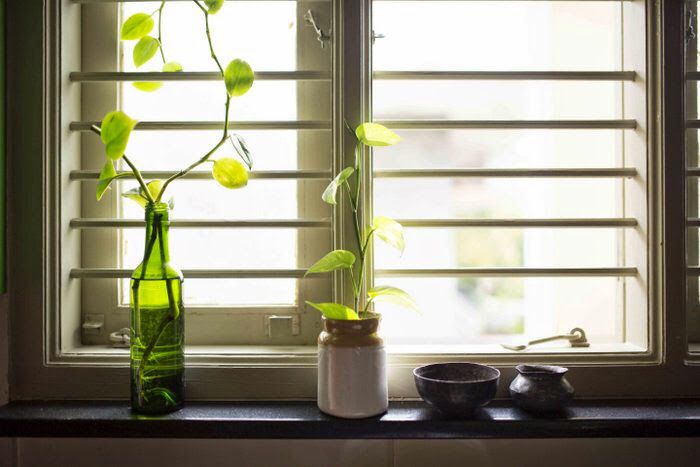In traditional Vastu Shastra, the design and layout of a home are often influenced by the alignment of the building with the cardinal directions. Most people are familiar with the basic four directions: North, South, East, and West. However, in the ancient Vastu text Vishwakarma Prakash, written by the sage Vishwakarma, a more advanced system is mentioned, involving 16 directions. These directions are integral to achieving harmony and balance in the space around you.
In this blog, we’ll explore the 16 directions according to Vastu Shastra and their significance in the design and layout of your home.
Basic Directions: North, South, East, and West
Before we dive into the advanced directions, it’s important to understand the four primary directions:
- North
- South
- East
- West
These directions play a significant role in determining the placement of rooms, furniture, and various other elements in your home. Each direction has its own characteristics and is associated with specific energies, which, when properly aligned, can promote well-being, prosperity, and positivity.
The 16 Directions in Vastu Shastra
When we take it a step further and look at the 16 directions in Vastu, we see that the primary directions (North, South, East, and West) are divided further into intermediate and semi-cardinal directions. These 16 directions offer a more detailed understanding of how to place rooms, furniture, and important elements to achieve balance.
1. North-North East (NNE)
This direction falls between North and North-East and is considered highly beneficial for positive energy flow.
2. North-East (NE)
This is one of the most auspicious directions in Vastu, associated with the element of water. It is ideal for placing spiritual centers or meditation rooms.
3. East-North East (ENE)
A direction between East and North-East, it combines the qualities of both directions, offering a blend of energy conducive to growth and new opportunities.
4. East (E)
East is the direction of the rising sun, representing new beginnings and enlightenment. It is ideal for the main entrance and living areas.
5. East-South East (ESE)
This direction is between East and South-East, linking the elements of both. It is often associated with prosperity and success.
6. South-East (SE)
This direction, associated with the fire element, is often linked to the kitchen or other areas involving energy and transformation.
7. South-South East (SSE)
A subtle shift between South and South-East, it blends the fiery energy of the South with the growth-oriented nature of the East.
8. South (S)
The South direction is tied to stability and grounding. It is a good direction for placing bedrooms or areas of relaxation.
9. South-South West (SSW)
This direction, positioned between South and South-West, is linked to solidifying foundations and protecting the home from external negative influences.
10. South-West (SW)
The South-West is the most stable direction and is ideal for heavy and supportive structures like the foundation, master bedroom, or strong storage areas.
11. West-South West (WSW)
Located between West and South-West, this direction also holds the energy of stability and solid ground.
12. West (W)
The West is traditionally associated with completion and closure. It is a direction where one can create balance and calm, such as in study or relaxation spaces.
13. West-North West (WNW)
This direction, positioned between West and North-West, helps balance energy between communication and family stability.
14. North-West (NW)
North-West is often linked with air elements, offering energy conducive to growth and expansion. It’s a favorable direction for guest rooms or living rooms.
15. North-North West (NNW)
A subtle variation between North and North-West, this direction brings together the elements of both directions, promoting mental clarity and social connections.
16. North (N)
North, ruled by the water element, is associated with career and wealth. It is ideal for offices, workstations, or any areas that require focus and growth.
Why the 16 Directions Matter
Understanding the 16 directions in Vastu is crucial because each one holds a unique significance and influence over the flow of energy within a space. By carefully planning the layout of your home, ensuring that rooms and elements are aligned with the right direction, you can optimize positive energies that promote prosperity, health, and well-being.
When designing your home or making adjustments based on Vastu, remember that each direction brings with it its own qualities. For example:
- The North-East direction is great for placing meditation rooms or temples because of its connection to spiritual energies.
- The South-West is ideal for bedrooms, as it promotes stability and balance.
Incorporating these directions into your home’s layout is a step toward creating a harmonious, prosperous living environment.
Conclusion
The 16 directions in Vastu Shastra offer a detailed and insightful way to design your home, ensuring that you harness the right energies to promote health, wealth, and happiness. By understanding the interplay of the directions, you can craft spaces that not only look beautiful but also feel balanced and energetic.
If you’re planning to redesign your home or simply want to optimize the flow of energy, incorporating these directions will ensure that your space aligns with the ancient wisdom of Vastu Shastra, bringing positivity into every room.

